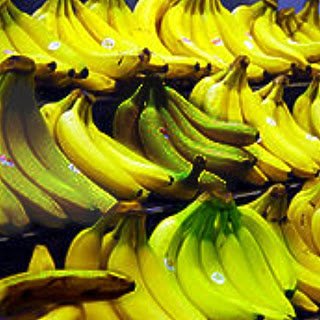 Too often a wine rated a respectable 4 stars (87-89) will be average to plonk (less than 82) when I taste it. I can’t imagine that my taste buds are aligned so differently to explain such a discrepancy. So quite awhile ago I started tracking many of the factors going into a rating: the reviewer, the date of tasting, the occurrence of anonymous and undated tasting notes… anything that would give me a clue of what was going on. On the verge of an obsession? Maybe…. I think of it as being aware.
Too often a wine rated a respectable 4 stars (87-89) will be average to plonk (less than 82) when I taste it. I can’t imagine that my taste buds are aligned so differently to explain such a discrepancy. So quite awhile ago I started tracking many of the factors going into a rating: the reviewer, the date of tasting, the occurrence of anonymous and undated tasting notes… anything that would give me a clue of what was going on. On the verge of an obsession? Maybe…. I think of it as being aware.Now, if a bottle took on the chameleon characteristics of a banana there wouldn’t be any difficulty ‘reading a wine’. Bright green - lay down awhile, bright yellow - ‘drink now’ and brown spotted - past due. How many times have I read ‘magic in a bottle‘, a ‘fruit bomb‘, ‘buy a case’ when the truth is don’t touch it with a barge pole. How many times have I seen a wine re-released by Vintages only to find it’s well past due… in my imagination a bottle from a previous release, unsold, then left to languish in the warehouse until memories have faded. It’s brought out of retirement described anonymously and undated as ‘Pure magic of Merlot’.
Lacking the banana capability the underlying foundation starting my selection process is a rating. Don’t ask me to read more than a dozen tasting notes - it’s not going to happen.
When I look for a rating - whether stars, corks, thumbs up/down or a number - I’m looking for a quick comparison of wines. It allows me to quickly eliminate ninety percent of the wines on a Vintages list or in a Vines magazine - perhaps retaining a few of the ‘discards’ in my initial cull. Now a dozen or so wines are being considered and I go to their tasting notes. That’s when descriptors such as body, texture, grape variety or blend stir something in my thought process. It’s a left-brain right-brain thing… it’s when I‘m thinking of aromas, food flavours or a happening. Often a country or region and/or the name on the bottle stirs a memory, positive or negative. Seldom does marketing come into it: bottle appearance, ‘kewl’ phrasing, sexual innuendos, etc. and I stopped reading backs of labels years ago.
This whole process is completed in, at most, a minute or two.
There’s a common controversy among wine articles now and then, sometimes it’s subtle sometimes not. The controversy is with Robert Parker Jr.’s 100 point rating system. The argument often is “How can a number represent the merit of a wine?” The simple answer is ‘It doesn’t!’ and I extend this to ‘… and was never intended!“ The question is simply a red herring in an author’s dialogue where he already has decided he doesn’t want to keep score.
Arguing against the point system is tantamount to a jury listening throughout a trial and not coming to a verdict. It’s like watching a football game and not keeping score… throwing darts and not marking points. Numbers don’t tell you how the game was played - just the result. Tell me Tiger Woods is 7 under versus Mike Weir’s -6 coming up the last nine and I’m interested.
Ultimately whether there is a number or not I must deal with the source! Is it FOX News or CNN? The Toronto Star or the G&M? All best analyses could be wasted if the source isn’t known. And I mean KNOW the source. I mean how often has my taste differed. How often are claims exaggerated. I’m not saying my ‘blackberry’ differs from his/her 'black currant’ but does ’stone fruit’ really mean ’stagnant pond’? Does verbal eloquence obfuscate truth?
Until someone invents a banana skinned bottle it’s Buyer Beware.
My opinion, Ww
No comments:
Post a Comment